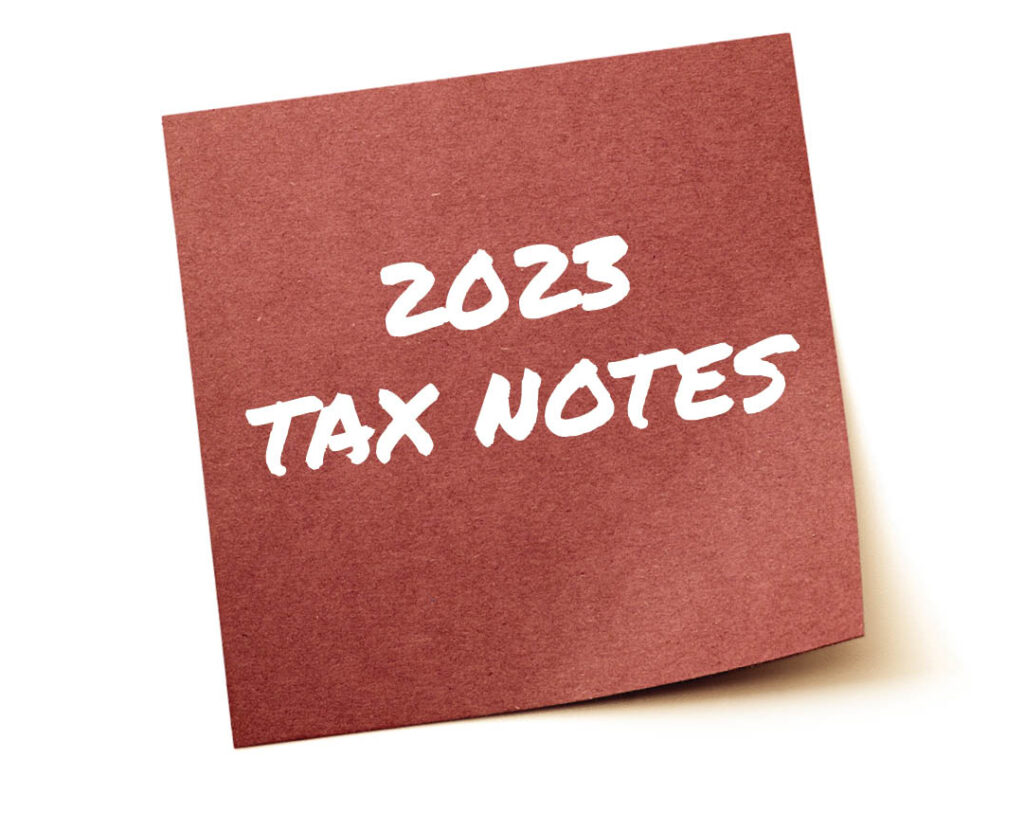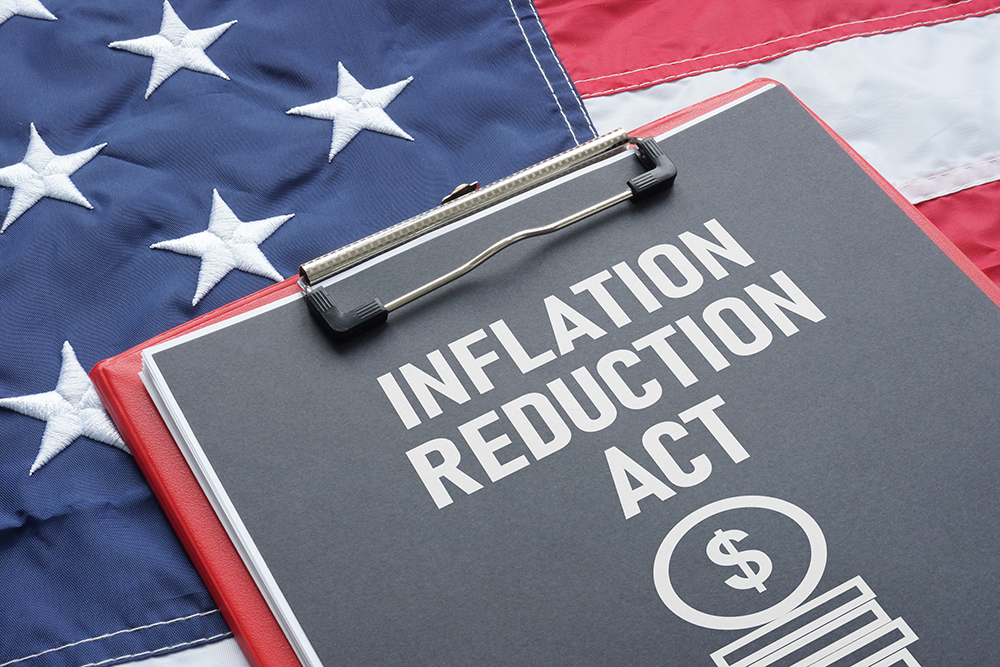Learn about the key tax provisions of the 2022 Inflation Reduction Act (Act) signed into law by the President on August 16, 2022, most of which become effective in the new year.
GREEN CARS
Several green energy tax provisions are included in the Act. Effective as of 08/16/22, only electric vehicles with parts assembled in North America qualify for the $7,500 clean vehicle credit. That means some brands of vehicles immediately lose credit eligibility because they are built abroad. The vehicle identification number will trace whether an automobile is assembled in North America.
The clean car credit was available on the first 200,000 units sold prior to the Act. But as of January 1, 2023, the cap will be lifted, and those models will qualify if bought after 2022.
Also, the Act places caps on the prices of vehicles that qualify for the credit and income limits on the taxpayer claiming the credit. Effective after 2022, passenger cars are capped at $55,000, with vans, SUVs, and trucks limited to $80,000. And the buyer’s adjusted gross income (AGI) must be below $150,000 for single ($300,000 for MFJ) to claim the credit.
Finally, the Act allows partial credits for buying a used electric vehicles. Previously, the credit was only available for new car purchases. But there are AGI limits, too ($75,000 for single filers and $150,000 for married filing jointly).
GREEN HOMES
Homeowners can also receive enhanced tax breaks to help make their homes more energy efficient. Starting in 2023, up to 30% of the costs of installing Energy Star-rated doors and windows and upgrading insulation qualify for a tax credit with a total annual cap of $1,200. Previously there was a $500 lifetime credit per taxpayer.
Upgrading your A/C and appliances and completing energy audits can qualify for the credit, too. There are caps on how much you can spend on different types of improvements.
Consult your tax professional.








